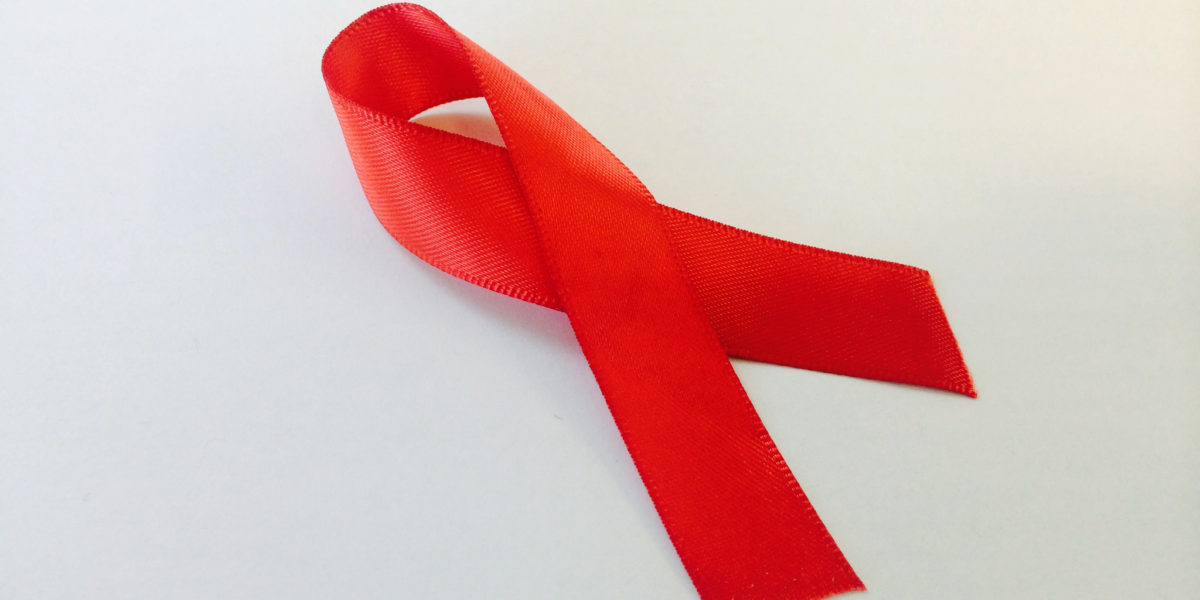Each year on December 1, on World AIDS Day experts, advocates, survivors and loved ones remember the often-forgotten pandemic that has killed tens of millions over the course of four decades.
One organization leading the fight against the pandemic since 1996 is UNAIDS.
According to UNAIDS, more than 75 million people have been diagnosed with HIV over the course of the pandemic, with 35 million people (45 per cent) dying from AIDS-related illnesses.
The organization, which has a 2021-2026 global strategy plan to combat the HIV/AIDS crisis, says 650,000 people continue to die each year from the disease. In 2021, there were over 38 million people living with HIV, including 1.5 million people who newly acquired the virus.
On Tuesday, UNAIDS issued an 80-page World AIDS Day 2022 report, explaining why global efforts to end the crisis are failing: inequalities.
“The world is not on track to end the AIDS pandemic,” UNAIDS Executive Director Winnie Byanyima said in the report. “New infections are rising and AIDS deaths are continuing in too many communities.”
“In frank terms, the report calls the world’s attention to the painful reality that dangerous inequalities are undermining the AIDS response and jeopardising the health security of everyone,” Byanyima added.
The report covers three specific areas of inequality that require immediate and concrete action. They include gender inequalities and harmful masculinities driving HIV, marginalization and criminalization of key populations, and inequalities for children “whose lives must matter more than their market share.”
“The world will not be able to defeat AIDS while reinforcing patriarchy,” Byanyima said, adding the only effective path to eliminating AIDS is a “feminist route map.”
HIV cases on the rise in Atlantic Canada
While fatalities due to HIV/AIDs continue to fall in North America, new cases are still being recorded in Canada every year.
In October, public health officials in Nova Scotia warned of an increase in people newly diagnosed with HIV in the province.
According to Public Health Nova Scotia, experts anticipate between 15 and 20 new cases of HIV in Nova Scotia throughout the course of a year. But by the end of August, officials reported 20-to-25 cases — putting the province on track to diagnose between 30 and 38 new cases by the end of the year.
While the rates of newly diagnosed patients is on track to double, Public Health warns that data is subject to change “due to changes in case status, delays in reporting, and/or data validation,” while encouraging readers to interpret the data “with caution.”
“People newly diagnosed with HIV have been primarily traced back to social circles based in Halifax Regional Municipality, although [patients] live throughout the province,” a press release reads, adding the investigation found the most prominent risk factors identified are men who have sex with men, and people who use drugs.
In Nova Scotia, individuals looking to access HIV testing can do so through primary care providers including family doctors, nurse practitioners, walk-in clinics and by virtual care.
How visa restrictions perpetuated harm at AIDS 2022
While the COVID-19 pandemic and spread of Monkeypox have remained top of mind, experts say neglecting the ongoing HIV/AIDS crisis could lead to a rise in new cases.
Back in July, the Montreal-hosted International AIDS Conference was filled with controversy after several prominent public health experts and advocates had their Canadian visas denied or their application process was backlogged and left them unable to make it to Quebec for the annual event.
For Terri Ford, AIDS Healthcare Foundation (AHF) Chief of Global Advocacy, turning away delegates from AIDS 2022 demonstrated “the stark contrast of how people in the Global North are treated compared to the Global South,” calling the move “unacceptable and a significant detriment to the world’s ability to end the ‘other pandemic’ in HIV/AIDS.”
“… [T]his conference, which was supposed to bring together the most experienced and passionate HIV/AIDS activists representing countries with the worst disease burden, could not even get into [Canada],” Ford said back in July.
The visa restrictions, which prevented public health experts from discussing global health equity, came as wealthy countries continue hoarding vaccines in a pattern of being unwilling to share vital health knowledge with countries that have developing health-care systems.
Young women at growing risk of contracting HIV
Every two minutes, a young woman in the world aged 15-to-24 acquired HIV in 2021.
According to the UNAIDS report, gender-based violence increases women’s risks of HIV infection, and in turn, prevents women from accessing life-saving services. For example, girls and young women between the ages of 15 and 24 are three times more likely to acquire HIV than boys and young men in the same age demographic in sub-Saharan Africa.
The report points to a study showing that enabling girls to stay in school until they finish secondary education reduces their vulnerability to HIV infection by up to 50 per cent. It’s all part of interrupting power dynamics and tackling inequalities.
While more than 75 per cent of adults living with HIV are on antiretroviral therapy, just over half of children living with HIV are on the same life-saving medication.
Children continue to be disproportionately affected by HIV. In 2021, children made up just four per cent of all people living with HIV but 15 per cent of all AIDS-related deaths.
The same year, UNAIDS reported funding for HIV programs in low and middle-income countries was $8 million USD short.
As another World AIDS Day comes and goes, it remains to be seen whether 2022 will be the year governments choose to become world leaders in ending this crisis.




